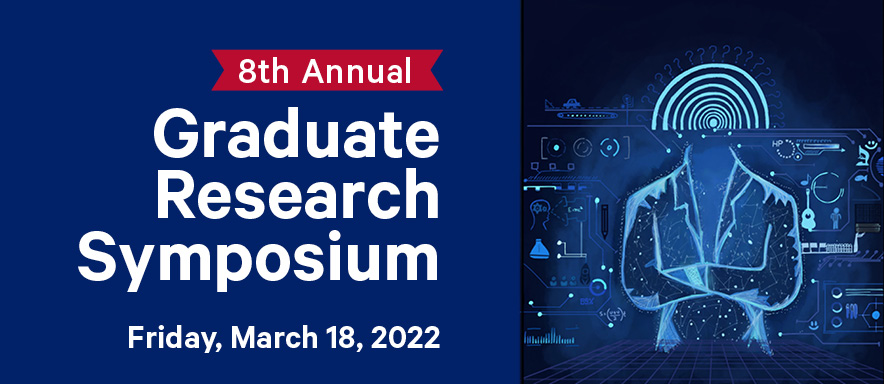Presenter Information
Jill Bodnar, MFA
Media Department
Abstract
Stories about Holocaust rescuers are not well known to the general American public. These unsung heroes were a small subset of non-Jews from across Europe who went against the dark climate of antisemitism and racial cleansing led by Nazi Germany in the 1930s and 40s. As the reality of the Final Solution grew, these rescuers made the moral decision to risk their lives to save innocent Jewish friends, neighbors, and strangers from capture and death. On top of the rarity of their actions, after the war they often did not speak of their work, largely because they did not see it as special. In their mind, it was their place to do the right thing, to protect those in need. Out of 300 million Europeans in World War II, just over 27,700 rescuers have been verified and designated as “Righteous Among the Nations” by the Yad Vashem World Holocaust Remembrance Center.
In the 1980s, researchers interviewed hundreds of rescuers to get to the core of what separated their moral choices from so many bystanders. They found rescuers exhibited high degrees of altruism and empathy, reinforced by their family, and values shared in their communities, which saw all humans as equals. Rather than portraying rescuers as superhuman heroes with extraordinary courage, this research showed that their behavior could be modeled and potentially replicated. These attributes are just the values needed in our current individualistic society as we battle many of the echoes of hate and discrimination from nearly 100 years ago. Young, impressionable students today need the guidance of moral courage and acceptance of others as they wrestle with their own struggles between good and evil on a daily basis.
This Capstone project brings together academic and book research, survivor and rescuer video testimonies, and new interviews with local Holocaust researchers and educators to bring to light stories that cannot be forgotten. Multimedia pieces, including a literary research paper, photos, videos, interactive maps, and a website explore the roots of rescuer altruism, how it is used in Holocaust education, and how it could be applied today and encouraged in everyone.
School
McAnulty College and Graduate School of Liberal Arts
Advisor
Maggie Patterson, Don Maue, Dr. Marie Baird
Submission Type
Paper
Publication Date
March 2022
Righteous: What Holocaust Rescuers Can Teach Us About a More Altruistic Society
Stories about Holocaust rescuers are not well known to the general American public. These unsung heroes were a small subset of non-Jews from across Europe who went against the dark climate of antisemitism and racial cleansing led by Nazi Germany in the 1930s and 40s. As the reality of the Final Solution grew, these rescuers made the moral decision to risk their lives to save innocent Jewish friends, neighbors, and strangers from capture and death. On top of the rarity of their actions, after the war they often did not speak of their work, largely because they did not see it as special. In their mind, it was their place to do the right thing, to protect those in need. Out of 300 million Europeans in World War II, just over 27,700 rescuers have been verified and designated as “Righteous Among the Nations” by the Yad Vashem World Holocaust Remembrance Center.
In the 1980s, researchers interviewed hundreds of rescuers to get to the core of what separated their moral choices from so many bystanders. They found rescuers exhibited high degrees of altruism and empathy, reinforced by their family, and values shared in their communities, which saw all humans as equals. Rather than portraying rescuers as superhuman heroes with extraordinary courage, this research showed that their behavior could be modeled and potentially replicated. These attributes are just the values needed in our current individualistic society as we battle many of the echoes of hate and discrimination from nearly 100 years ago. Young, impressionable students today need the guidance of moral courage and acceptance of others as they wrestle with their own struggles between good and evil on a daily basis.
This Capstone project brings together academic and book research, survivor and rescuer video testimonies, and new interviews with local Holocaust researchers and educators to bring to light stories that cannot be forgotten. Multimedia pieces, including a literary research paper, photos, videos, interactive maps, and a website explore the roots of rescuer altruism, how it is used in Holocaust education, and how it could be applied today and encouraged in everyone.

